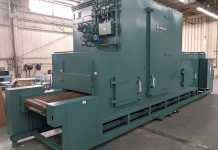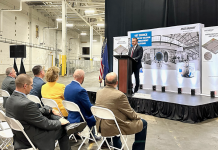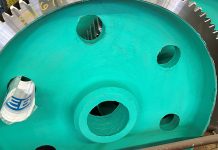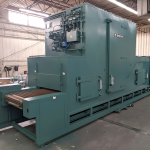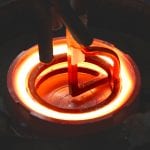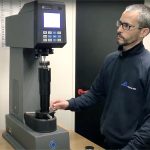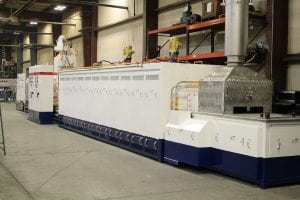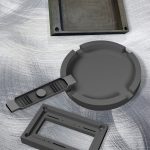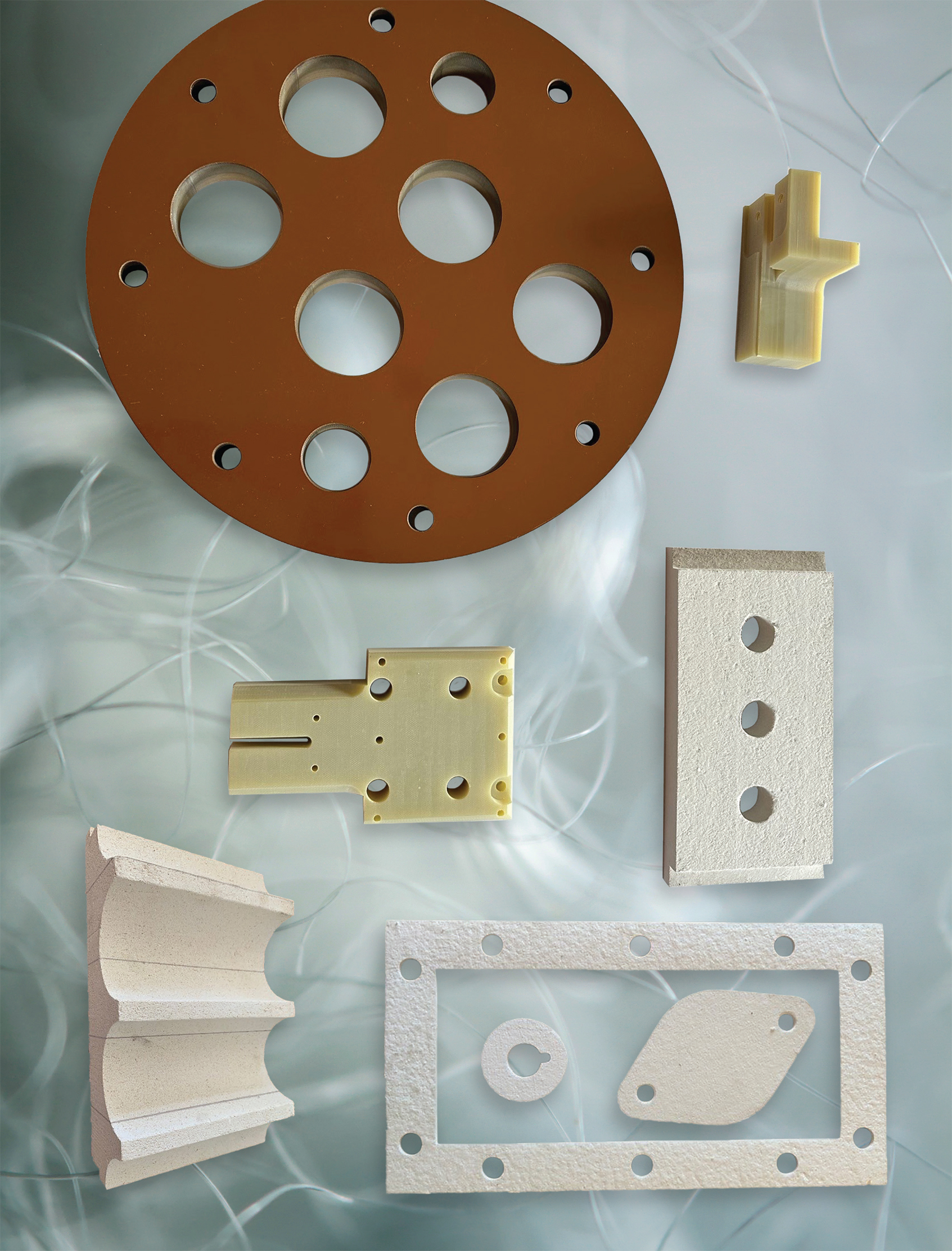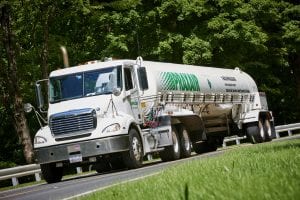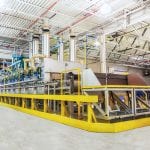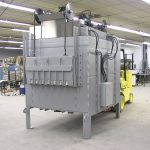For laboratory and industrial oven supplier Thermcraft, it all began with popcorn.
Yes, you read that right.
And even though it might be hard to imagine a stranger way to begin a heat-treat business, selling popcorn machines and their replacement heating elements is where it started for Thermcraft founder Morris Crafton.
But every company has to start somewhere, and Crafton eventually decided to invest in a partnership with a company that manufactured industrial and laboratory furnaces as well as replacement heating elements for industrial and laboratory furnaces. That eventually led to him owning his own company manufacturing heating elements that would evolve into what the company is today, according to Thermcraft Marketing Manager Derrick Wilson.
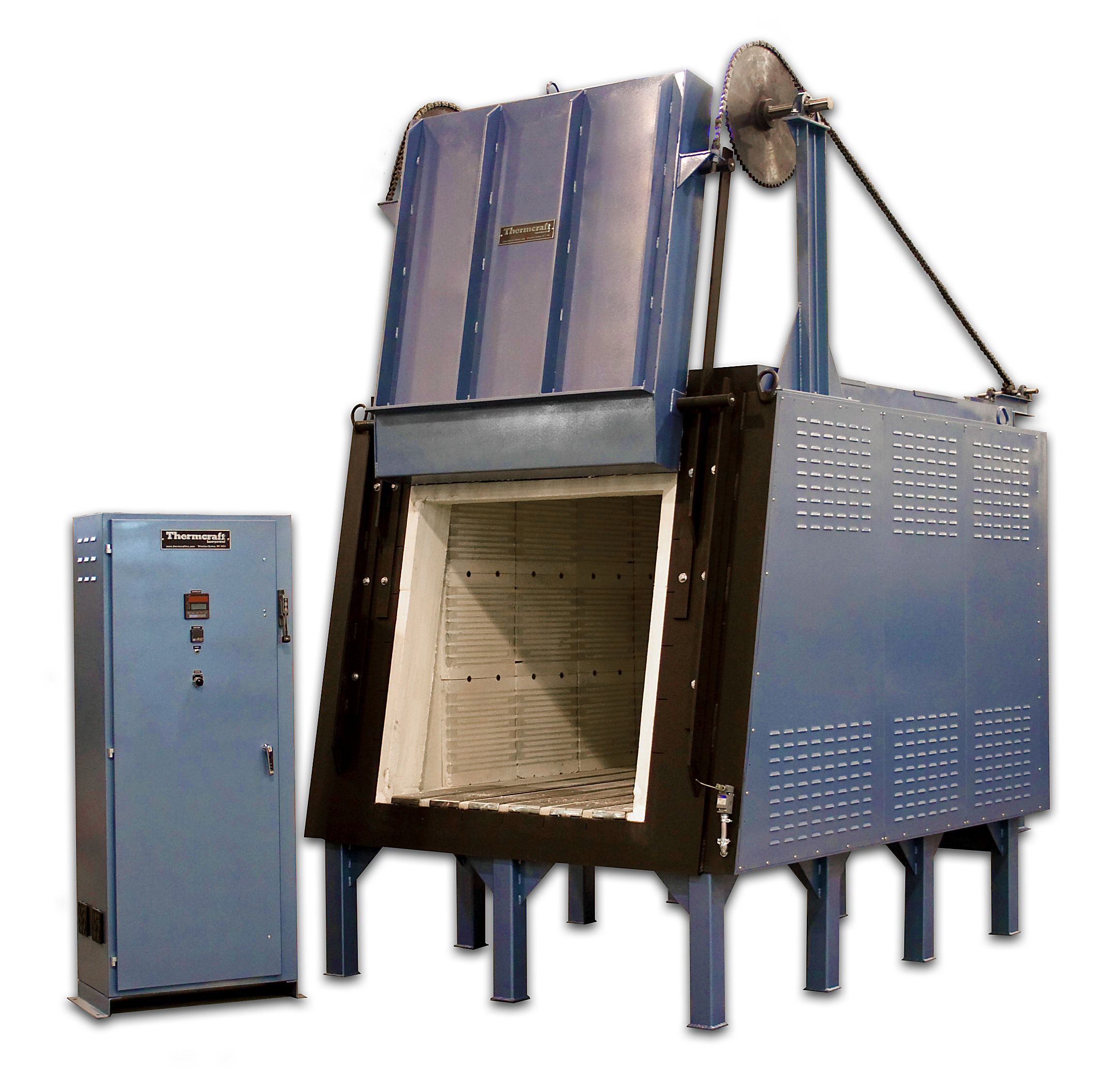
Offered equipment
In addition to laboratory and production furnaces, Thermcraft also offers recirculating ovens, vacuum-formed ceramic fiber heaters, cast heaters, heater coils, air heaters, ovens, kilns, and diffusion heaters for application temperatures up to 1,800 degrees C (3,272 degrees F).
“We have several standard product lines as well as what’s been our core product over the years of fully customized thermal product solutions,” Wilson said. “We also have a product line of ceramic fiber and refractory ceramic component heating elements, as well as replacement heating elements for the semiconductor diffusion type chemical vapor deposition systems, which are basically a large replacement heating element for all the different OEMs of systems that manufacture or process semiconductor wafers through CVD-type applications. And we offer all types of high-temperature insulation.”
Thermcraft also can manufacture replacement parts or heating elements for just about any OEM manufacturer’s furnaces and ovens, he added.
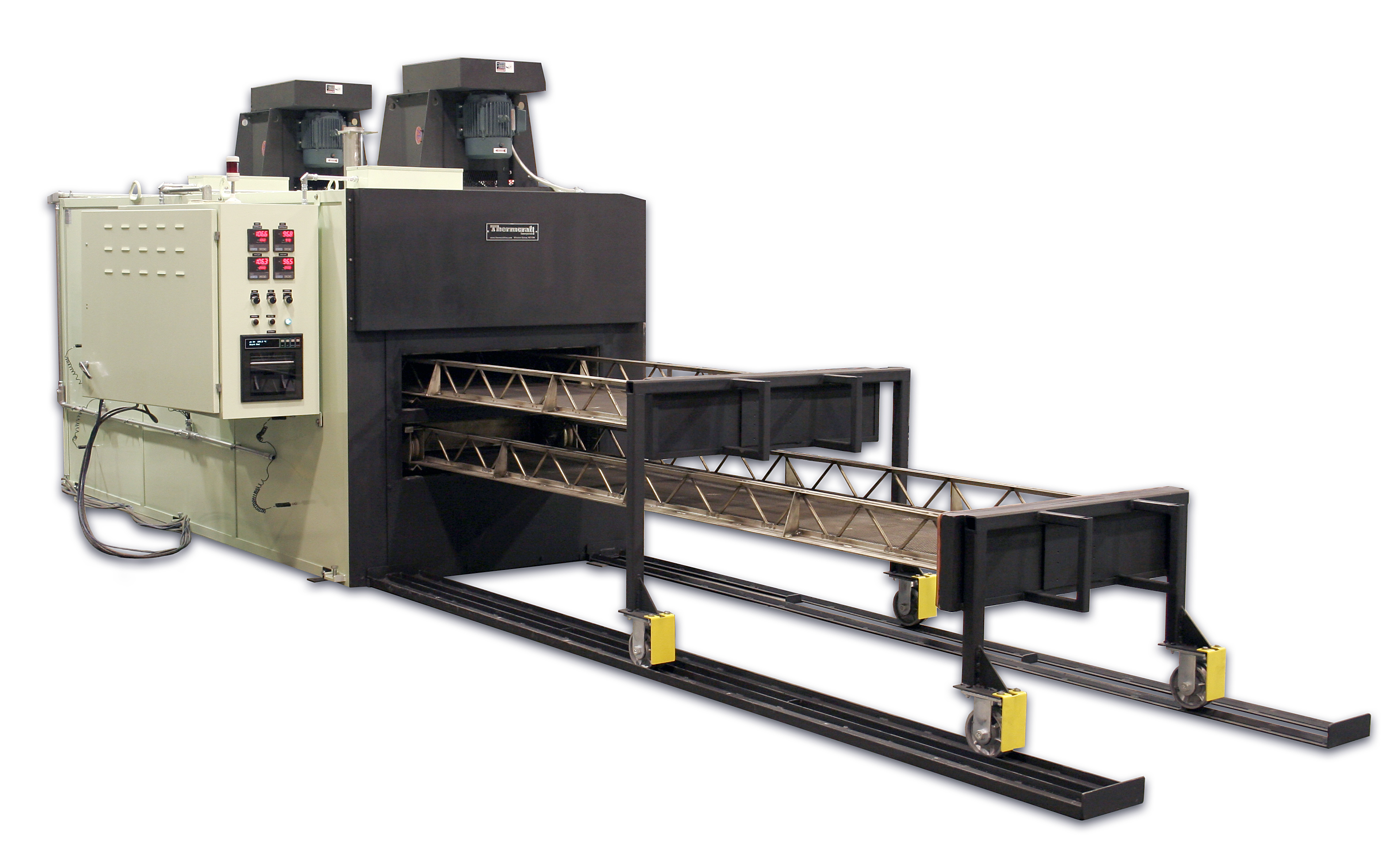
Customer service
Thermcraft supplies its products with a high level of customer service, according to Wilson.
“One of the major contributors that sets us apart — and we get a lot of feedback from our customers — is our level of customer service, and the level of customization that we’re willing to offer,” he said.
Since most of Thermcraft’s furnaces are air atmosphere, it doesn’t compete much with the large commercial heat-treating equipment processors.
“Our primary technology for heating is electricity,” Wilson said. “We do some gas-fired systems, but those are very scarce.”
With potential new customers, it’s important to establish a good connection, according to Wilson. And Thermcraft caters to a variety of industries, including heat-treat, aerospace, automotive, ceramics, metal-treating, pharmaceuticals, laboratory, and more.
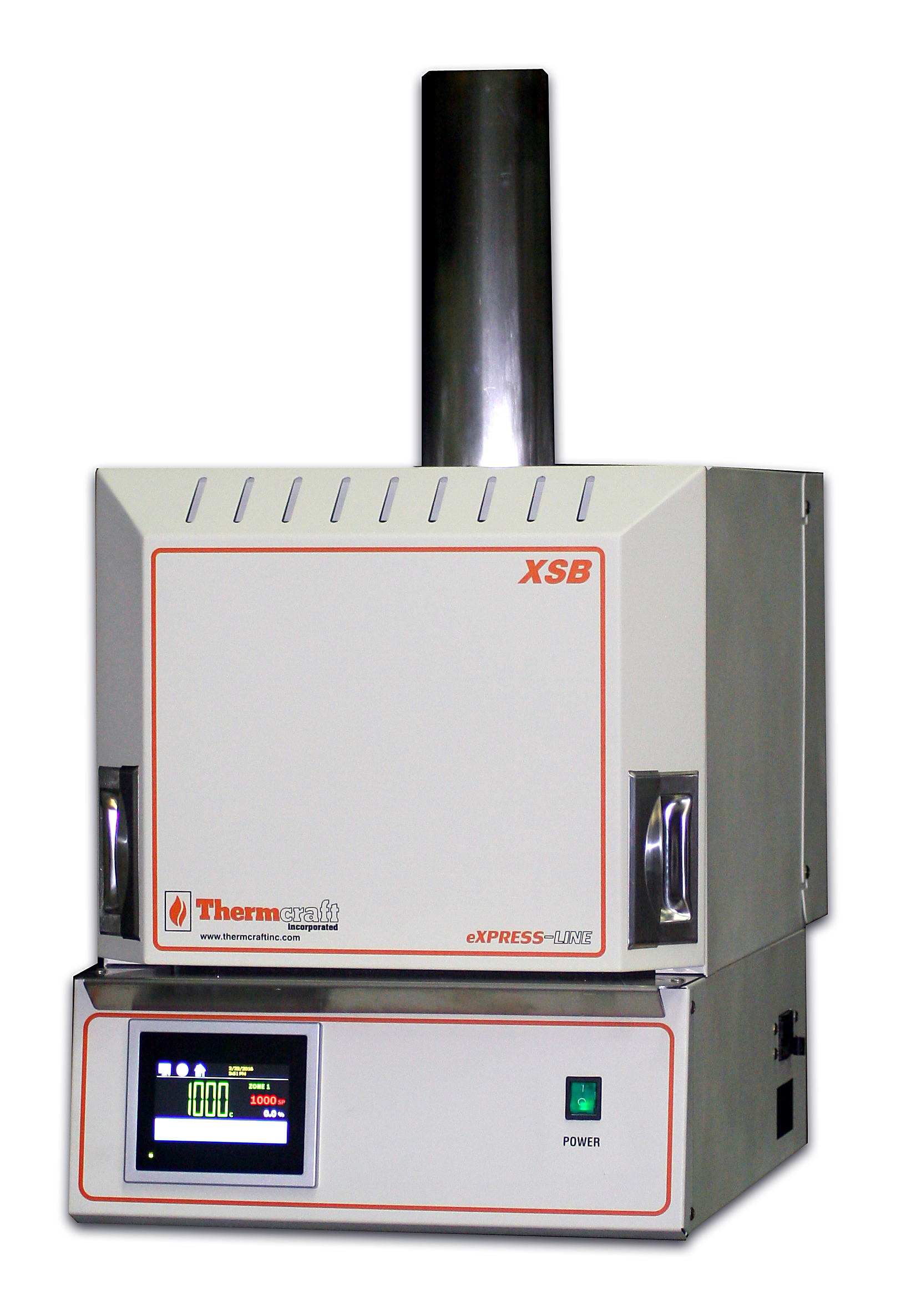
1,100 degrees C.
“A lot of times, customers don’t understand exactly what they need,” he said. “They know what they’re trying to achieve, but they don’t know what system they need to achieve the results they want. We have a team of in-house sales engineers who start a dialogue, whether it be by email or a phone conversation. With a potential new customer, we find out exactly their needs and the parameters of the process, and if they have any budget constraints or technical constraints such as size and power limitations.”
Once a proposed solution is reached and the customer signs off on engineering approval drawings, then Thermcraft goes forward with engineering and manufacturing, Wilson said.
Off-the-shelf additions
Although Thermcraft has decades of experience designing and creating custom furnaces for its customers, the company wants to offer more off-the-shelf type products, according to Wilson.
“One of the things we’re trying to do now is become more competitive with standard products and offer more standard laboratory furnaces, as well as some industrial furnace offerings,” he said. “Thermcraft has been very strong over the years with fully customized solutions, and those have not been off-the-shelf catalog or brochure type offerings. What we’re trying to do is develop more standard offerings, so we can be more competitive in that market of off-the-shelf products, especially in the laboratory products industry.”
Thermcraft recently introduced the eXPRESS-LINE, a full series of standard, quick-ship furnaces, ovens, and control systems.

New tech
Wilson said Thermcraft also is working with new technologies and looking at new alternative types of insulation.
“One that we brought up in conversation recently was one of the new types of mineral-based insulation for higher temperatures,” he said. “It’s much more health friendly to your lungs. And we’re also looking into different types of coating and materials to use in furnace construction in order to increase the insulation efficiency of our systems. We’re trying to reduce the footprint and the weight without reducing any of the thermal heat transfer barrier.”
With more customers wanting to incorporate heat treating into their in-house manufacturing process, Wilson said he expects Thermcraft to be there to make that request a reality. Those technologies also include 3D printing of metals, ceramics, and other types of materials.
“We’re trying to keep up with that and stay on the cutting edge wherever possible,” he said.
Some of that cutting edge was even featured on the Science Channel series, How It’s Made. In that 2016 episode, the company’s 5L laboratory box furnace was demonstrated.
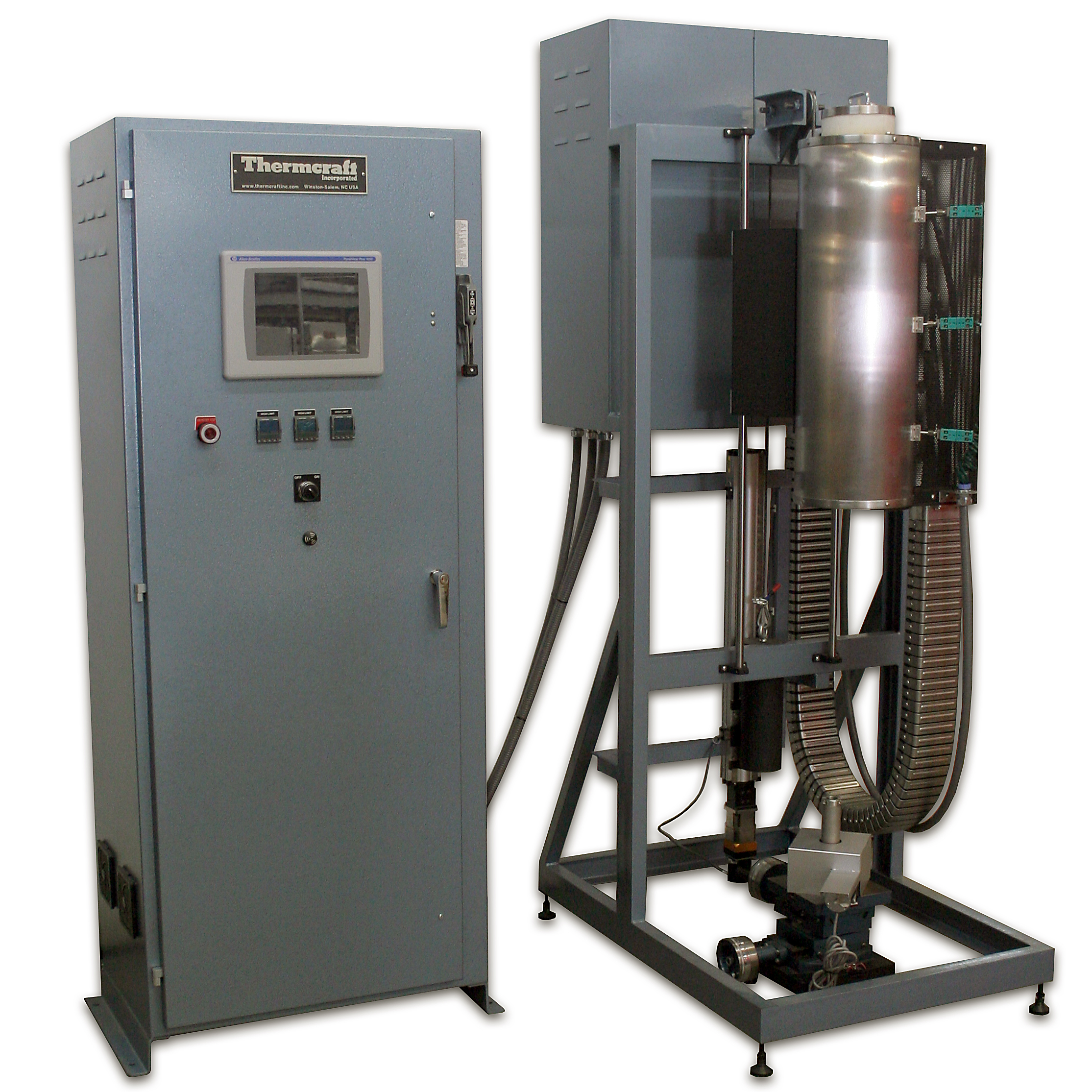
Acquisitions and Legacy
Thermcraft, still located in Winston-Salem, North Carolina, has come a long way since its corn-popping beginnings in 1971. Over the years, several smaller companies have been acquired under the Thermcraft brand that includes Lab-Temp, TransTemp, Marshall Furnace, and Contemporary Kiln.
Thermcraft, now in its second generation of ownership with current president Thomas Crafton leading the way, above all else, is dedicated to its customers and what it can do for them, according to Wilson.
That dedication is personified by none other than Thermcraft’s founder and CEO:
Crafton, now 92, still drives himself to the company he started for a few hours almost every day.
For more information: www.thermcraftinc.com










